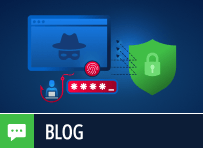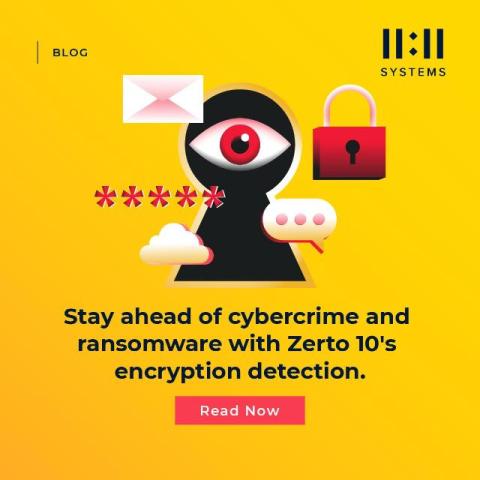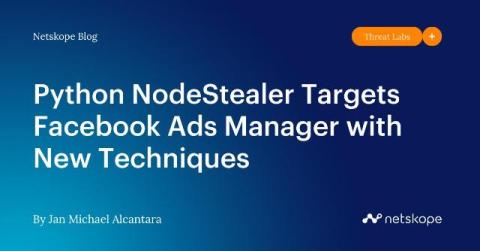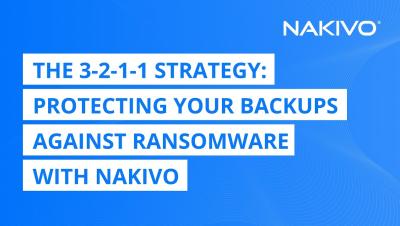Embracing Conscious Leadership and Generative AI Transformation with Aysha Khan of Treasure Data
Welcome to the Data Security Decoded podcast, brought to you by Rubrik Zero Labs. In each episode, we discuss cybersecurity with thought leaders and industry experts, and get their take on trends, themes, and how they see data security evolving. This is a must-listen for security and IT leaders looking to better understand trends shaping data security and how they can achieve cyber resilience.









































